The Anger Surrounding Narcotic Use at End of Life
I just finished answering five comments from my YouTube video on Morphine. There is so much misunderstanding, anger, and outright hate surrounding hospice and narcotic use.
Why? What has happened to cause such vitriol?
My first response is lack of education. Lack of time spent with primary caregivers and families teaching them about pain management at end of life. Teaching them about the signs of approaching death, teaching them what is normal and natural as death approaches.
As I’ve said many times people don’t die like they do in the movies but unless we teach families the difference, our work (hospice work) will be judged by what people see in the movies—-and again, people don’t die like in the movies.
Taking care of someone at the end of life is different from taking care of someone who is going to get better—-but most people don’t know that either. Unless we teach them otherwise our work will be judged by how people get better AND again we will fail in the eyes of the family and the community.
Educate! Educate! Educate! Education is 90% of our work in end of life.
Support and time spent is another HUGE component of our work. Spending time, teaching, guiding, and just being there will neutralize the fear and lack of understanding that everyone brings to the bedside as death approaches.
People die all the time (everybody dies). End of life workers need to convey to families that when the medical profession has determined that death is coming, here is what it will look like. Here is what will happen. Here is what to look for…
We instruct, instruct, instruct. Teach all you know about how narcotics work in end of life care. Teach what to look for that says, this too much, this is what to do about it, this is how long it will take to have an effect. If you, the professional, determine that death is near (hours even days), explain to the watchers why you are giving the narcotic, what it will do, what it will not do.
AND be present and available. The more time we spend with the family the more secure they will feel in being with their loved one when death comes. The more time we spend with the family and significant others the more confidence they will have in us and our expertise. Our very presence is reassuring.
When healthcare workers educate and spend time with families and significant others then fear of narcotics and fear of hospice will greatly reduce. And maybe I won’t get all these emails saying “hospice killed my mom.”
Something More… about The Anger Surrounding Narcotic Use at End of Life
My booklet, Pain at End of Life is written in large print and the information is conveyed in a simple, direct yet gentle manner. It is used to help support & educate families as well as new hires. This booklet is included in the End of Life Guideline Series.
This is the short video on YouTube that inspired this post: Mom died right after the hospice nurse gave her morphine
Originally Published on https://bkbooks.com/blogs/something-to-think-about







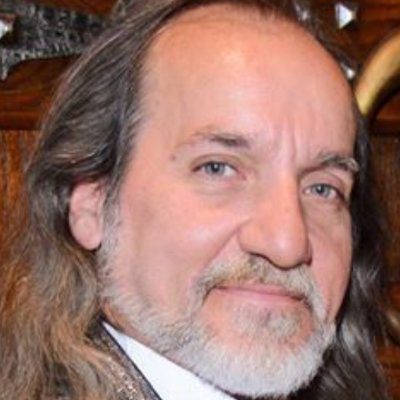

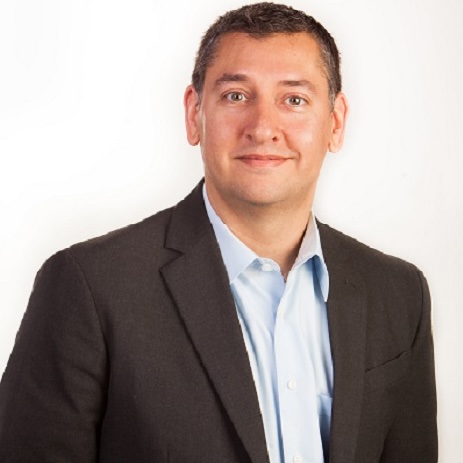


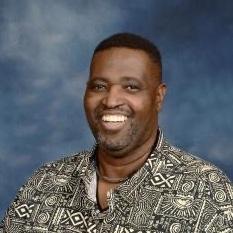



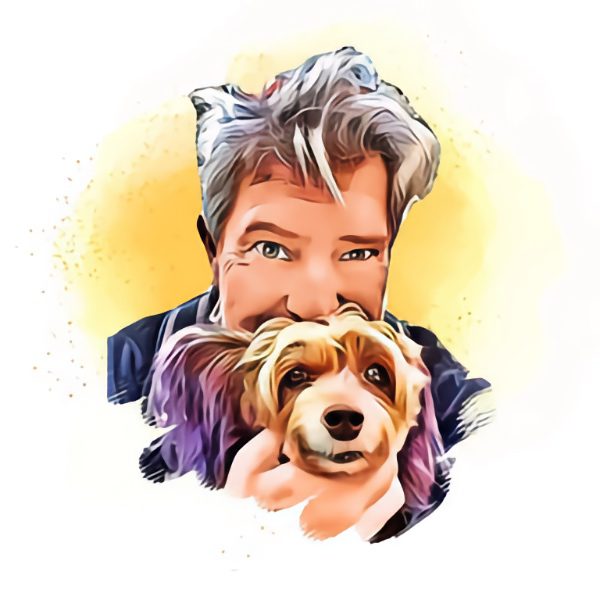
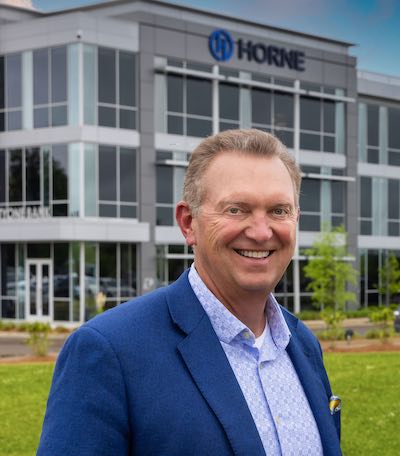




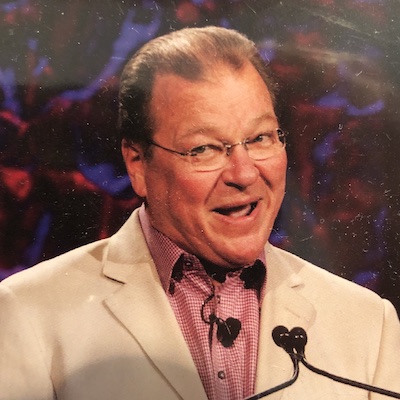




Already a Member? Login Here.
Not Yet a Member? Join the Conversation Today!